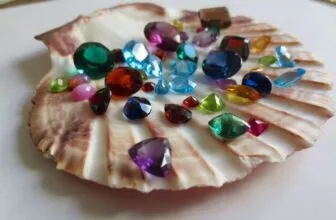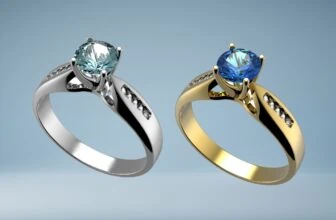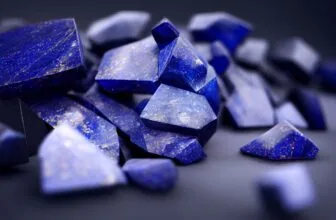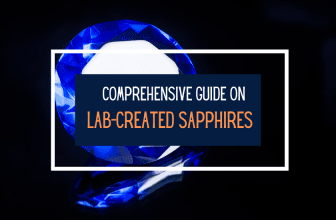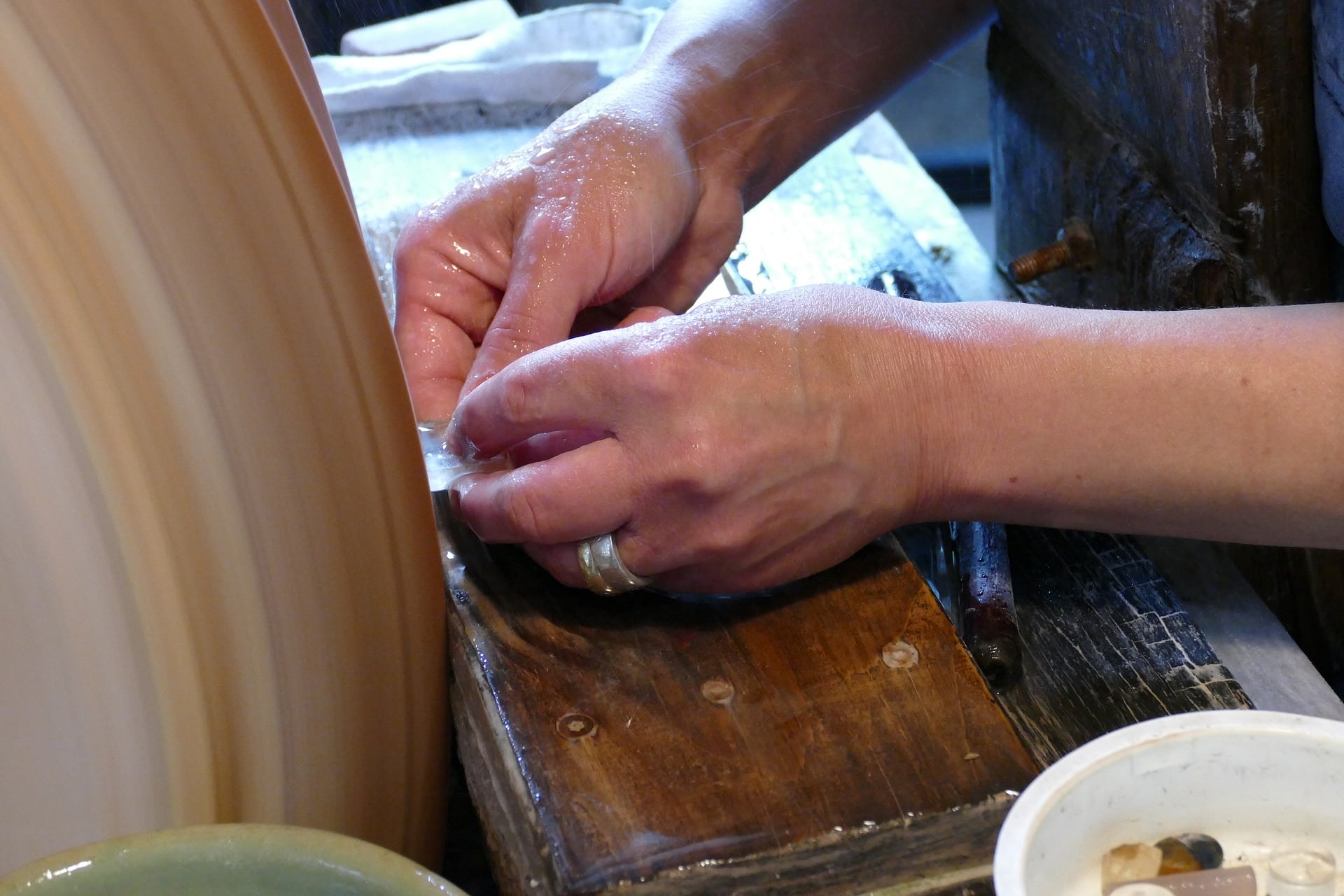
Table of Contents
A well-cut diamond is a sight to behold but have you ever wondered how exactly it gets to that stage? Rough diamonds that have just been mined out of the earth look very different from their cut and polished counterparts and it’s clear that there’s a great deal of work done on them before they reach the final stage of their development. In other words, before they end up, sparkling and valuable, in jewelry settings.
So, let’s take a look at how diamonds are cut and polished and the journey from diamond rough to commercially viable stunning stones.
Why Bother Cutting A Diamond?
This is a good place to mention that rough diamonds are sometimes used in their natural state to create unique and trendy pieces of jewelry. This is an ideal option for people wishing for alternative jewelry options. But admittedly, there is a very very small percentage of diamonds used in this way. Most diamonds on the market are cut and polished into popular gemstone shapes.
Before we go over the How let’s explore the Why. Why bother cutting diamonds rough at all? The quick answer is rather simple – to make them even more beautiful. Colorless diamonds are all about cutting. You may have a large diamond, with excellent clarity and cut grades, but if its cut quality is poor, your diamond won’t sparkle. This is why the cutting and polishing process of a diamond is crucial. It can make or break a diamond.
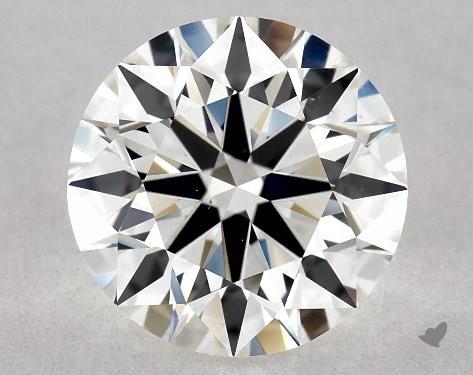
Cutting and polishing a diamond is done for several more specific reasons, including turning it into a more typical and symmetrical shape that can fit most standard jewelry settings. However, one of the main reasons diamonds are cut and polished in this way is to maximize the amount of light the stone reflects as this brilliance and diamond fire are what give diamonds most of their beauty.
Take a diamond rough and a polished diamond side by side. Diamond rough can look like quartz or a piece of glass. It’s the cutting process that releases the inner fire and sparkle of a diamond, making it like no other gemstone on the market.
How Is A Rough Diamond Cut and Polished?
The proper method of cutting and polishing a rough diamond involves several key steps. Regardless of what shape the stone is going to be in the end, these steps are always the same – the style of the cut will be different, but the process will always follow the same template. And as with all other good things, the first step is planning.
1. Planning the Cut
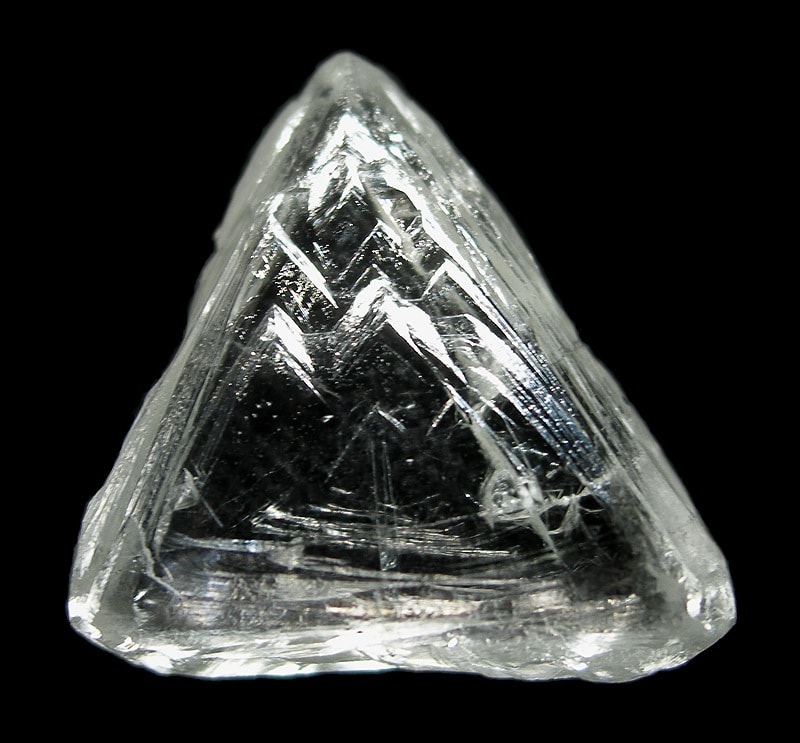
In diamond cutting as in any other aspect of life, planning is the first and, in many ways, the most important part of the process. During this phase, the diamond cutter tries to figure out the best way to cut the stone so that as much of it as possible can be turned into a finished diamond(s). They’re also determining which will be the most effective shape to try and achieve. In other words, aside from consumer demand, the other important factor as to which diamond shape a stone is going to turn into is determining the lowest diamond rough wastage and the most suitable shape.
These factors are vital for the individual cutter and for the industry as a whole as excess waste essentially means throwing money away. This doesn’t mean that all diamond waste is thrown away – most of it is reused either in smaller melee diamonds or as diamond dust on drills and files. However, having too much of it in place of what could have been a gorgeous diamond is still a waste financially speaking.
Nowadays, the planning process is often done using various computer software programs such as a Sarine scan that help the cutter map the stone and figure out how best to cut it. Before technologies like this were invented, cut planning was even more complicated, time-consuming, and involved even more diamond waste. This isn’t to say that the planning process is “easy” now but it’s certainly more optimized.
2. Sawing/Cleaving the Rough Diamond
This step involves the splitting of the diamond rough into two or more pieces that are to be worked on separately. This depends on how many and what types of diamonds are supposed to be made from a rough stone.
This may sound like a basic operation, but it needs to be done with exact precision and extreme care. Not only can an incorrect cut ruin the planned shapes and sizes of the resulting stones but it can damage them as well. Depending on the type and size of the diamond rough, as well as the desired shapes, this sawing or cleaving can be done either with a mechanical saw that’s laced with diamond dust or with a laser.
3.“Bruting” Rough Diamonds into Shape
This next step is what gives each diamond its basic shape. It’s done by putting two different stones on a spinning axis against each other. They are then turned in the opposite direction and ground against each other. This process is also called diamond girdling. As the two stones keep grinding against one another they essentially cut each other and reach their desired shapes simultaneously.
Of course, this is a guided process as the shapes need to be as close to perfect as possible. This part of the process of the cutting diamond forms the basic outline of the polished diamond.
And in case you were wondering, a diamond’s hardness means that only another diamond can cut it. It’s among the hardest materials on the planet.
4. Blocking the Diamond
This is the first half of the overall step of polishing diamonds. During the blocking phase, the girdled and roughly shaped stone is placed on a rotating arm. While the stone is on it the cutter will use a spinning wheel to polish the rough diamond. In this first polishing step, the cutter will usually create the main pavilion and crown sides, as well as the table and the culet. If the stone is to undergo a round cut, for example, the cutter will shape 8 pavilion mains, 8 crowns, a culet, and a table. The blocking phase doesn’t conclude the polishing, but it creates the template for the next step of the process.
5. Brillianteering the Diamond
The final physical part of polishing diamonds, brillianteering is what gives the stone all of its remaining facets. If the cutter were shaping a round cut diamond, all 57 facets will come to life during this step. Obviously, this is a crucial phase as adequately brillianteering the stone is what gives it its diamond fire and brilliance. This doesn’t in any way undermine any of the previous stages as they are equally necessary and vital for the quality of the final product – there is no amount of brillianteering a cutter can do to a poorly blocked or girdled stone to make it what it could’ve been otherwise. Nevertheless, as the last physical stage of the process of cutting diamond, it needs to be done perfectly.
6. Quality Control
Of course, quality control is a vital part as well. Every stone goes through an extensive inspection and close examination process, not just for its final quality to be assessed but also to be determined if the stone could be improved in any way. If it’s determined that the stone could be cut even better to meet the manufacturer’s requirements or to be increased in value, then it will be returned to the polisher for some touching up. This makes quality control a rather vital part of the process as well since, when done adequately, it can find improvable or solvable flaws and thus result in improved quality in the end.
As you can see, cutting diamonds is a long and complicated process that requires a great deal of expertise and skill to pull off. Ultimately, the final quality of the stone depends on the original diamond rough as well – not every piece can be turned into a masterpiece after all. This, however, shouldn’t in any way distract from the incredible work that’s done by the diamond cutters to make sure that every stone ends up being as beautiful as it possibly could be.
Where to Buy Well-Cut Diamonds
With colorless diamonds, it’s all about the cut. If you’re looking to purchase an excellently cut diamond, we recommend checking out the following retailers.
1. Whiteflash
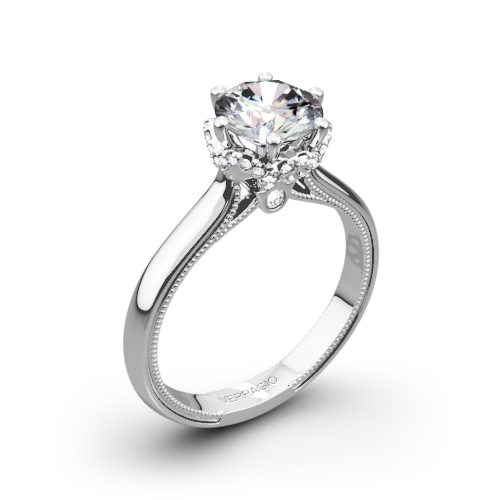
When it comes to excellence in cut, it doesn’t get much better than Whiteflash. Known in the diamond industry for offering some of the best cut diamonds on the market, Whiteflash continually works on improving its cut quality. Their hearts and arrows and diamonds show maximum light performance. If the cut is your paramount concern, then start your search here.
Browse their loose diamonds here.
2. Brian Gavin
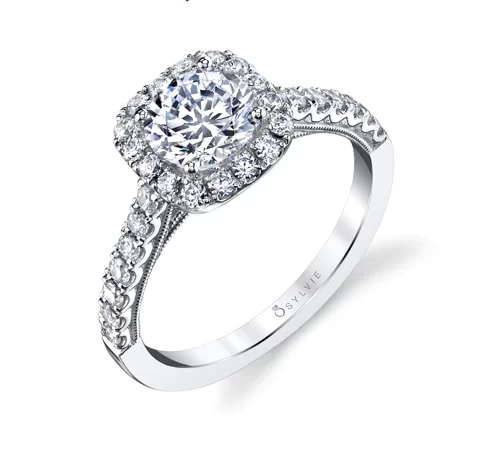
Brian Gavin has made a name for itself by offering the best diamonds, featuring excellent cut quality. The company constantly pushes the boundaries of the cut quality. Their Black and Signature collections feature some stunning diamonds cut to perfection.
Browse their loose diamond collection here.
3. James Allen
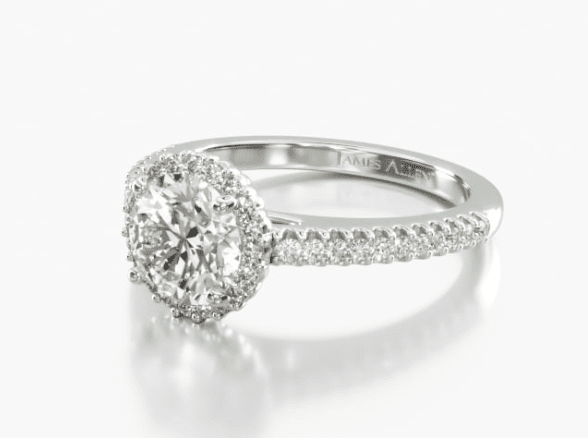
For a range of stunning diamonds at excellent prices, James Allen is a great place to start your diamond search. One of the best features of James Allen is that they allow you to carefully inspect your diamond from every angle via their groundbreaking Diamond Display Technology. Check out their excellent cut diamonds or for super ideal stones, browse through their True Hearts collection.
Check out their collections here.
4. Blue Nile
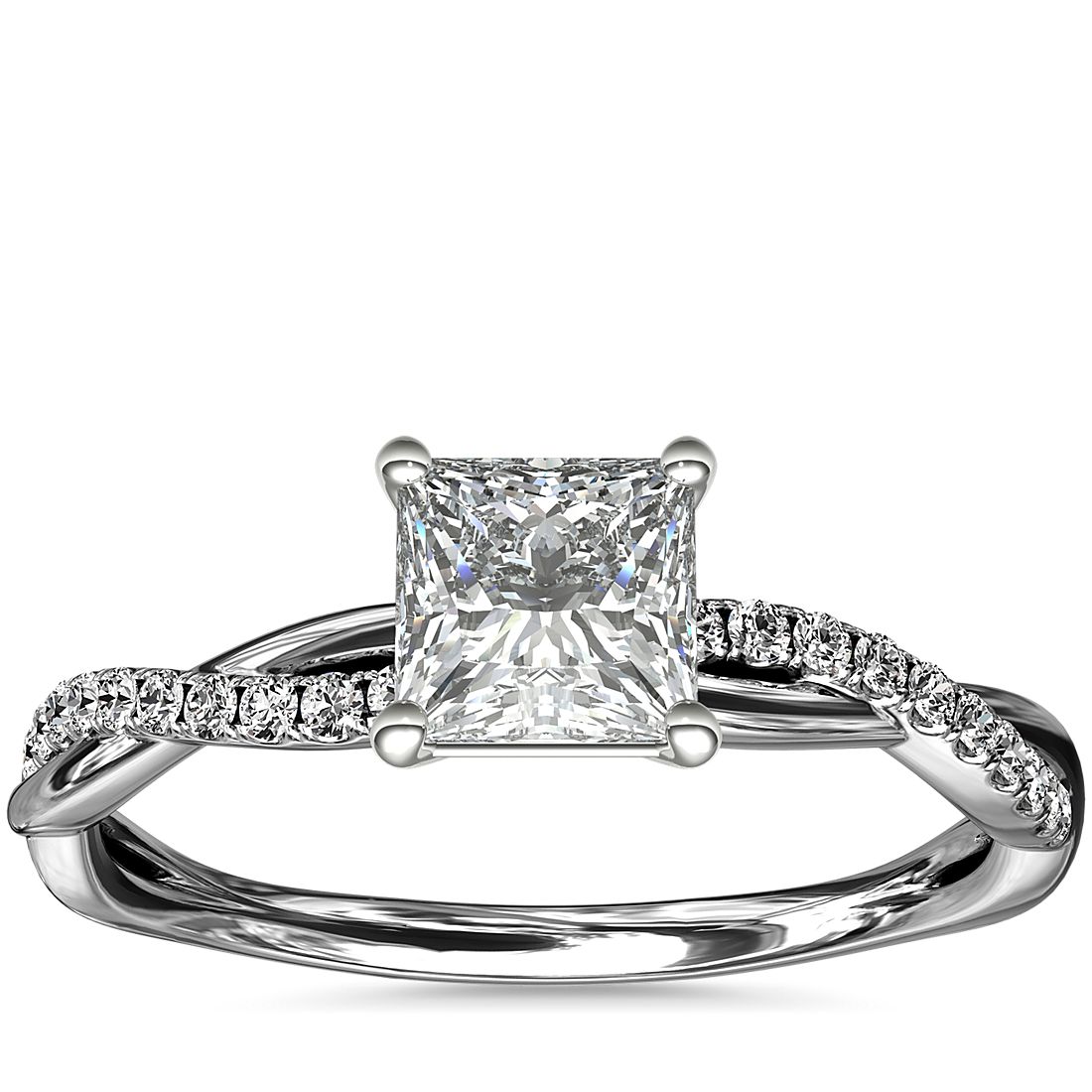
With over 100,000 loose diamonds in its inventory, Blue Nile is the largest online diamond retailer. With years of expertise and a great track record, Blue Nile’s commitment to offering stunning diamonds at affordable prices means that you’re bound to find your perfect stone here. Check out their signature Astor collection and their ideal cut stones for some truly beautiful diamonds.


